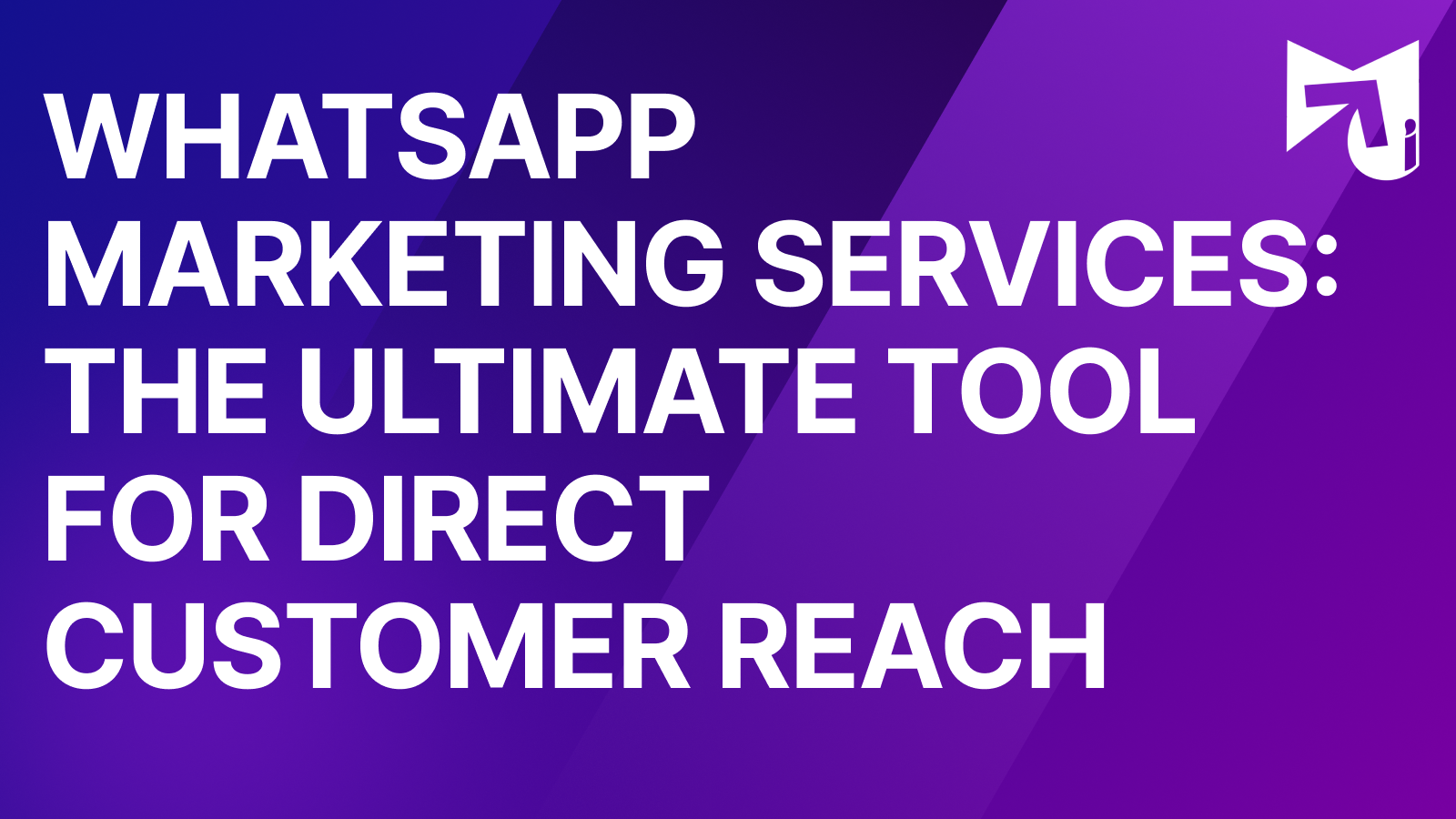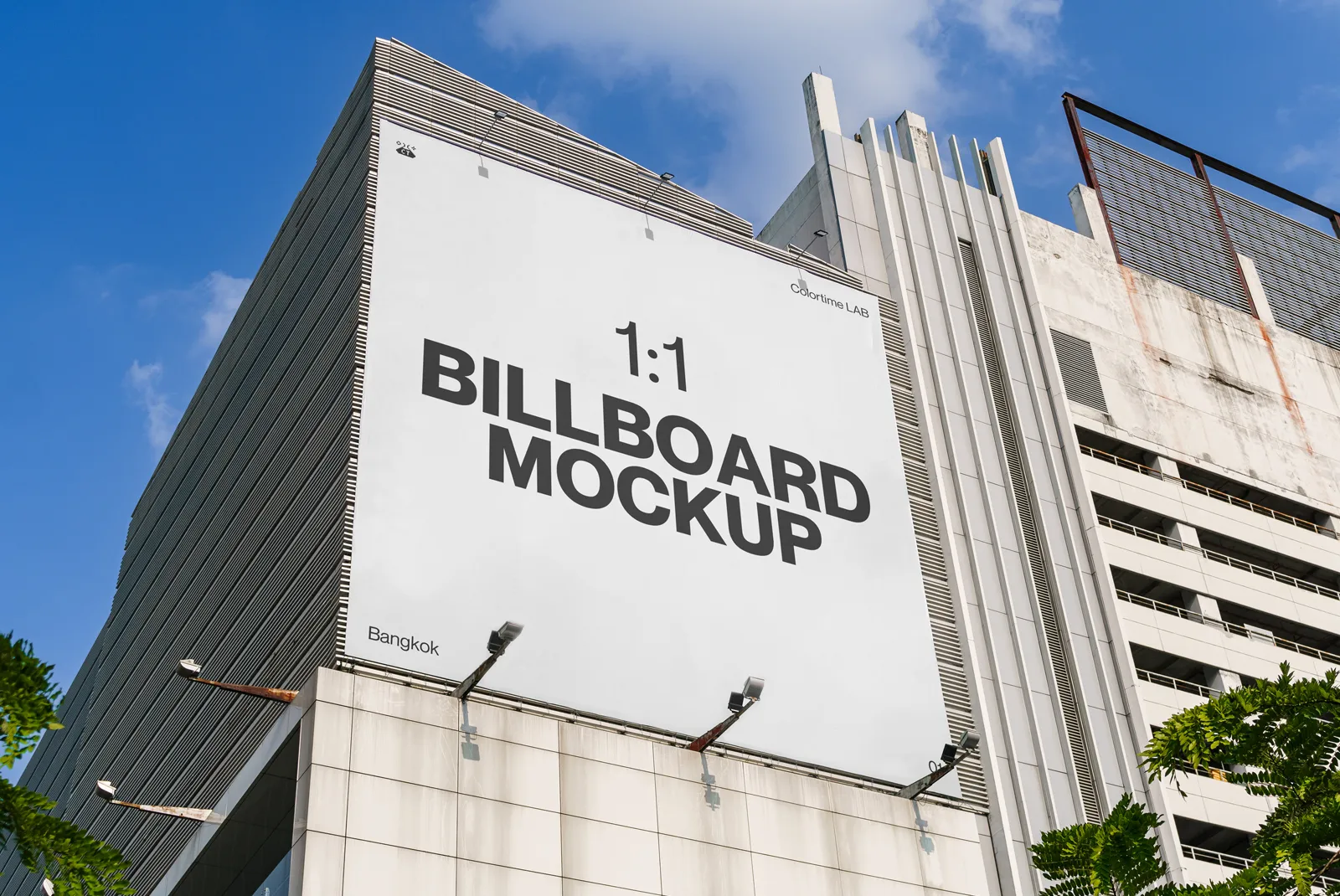-
Brand Awareness Services for Business Growth in Pakistan | Media Initiation

Brand Awareness Services by Media Initiation Media Initiation provides expert Brand Awareness Services to help businesses grow trust, recognition, and customer loyalty. Strong Brand Awareness makes your business the first choice in the market. When people know your brand, they are more likely to buy, refer, and return. We use smart Brand Awareness Marketing methods to make your…
-
Best SEO Company in Pakistan | Top SEO Expert & Services in 2025

Are you searching for the Best SEO Company in Pakistan to help your business rank higher on Google? At Media Initiation, we specialize in delivering powerful SEO services in Pakistan designed to increase visibility, drive traffic, and grow your business. Our team of professionals includes the most experienced SEO expert in Pakistan, committed to helping your website…
-
Best Video Editing Services Pakistan┬Āfor Business Growth in 2025

Media Initiation provides the most reliable Video editing Services Pakistan for brands, businesses, and content creators who want high-quality videos that attract viewers and deliver strong results. Videos help your brand stand out online. A clean and well-edited video builds trust, explains your message, and improves your marketing performance. We work with modern tools and expert…
-
Email Marketing Services in Pakistan for Real Business Results in 2025

Email Marketing services in Pakistan give companies a direct way to reach buyers through the inbox. Email Marketing cuts out middle platforms and sends the message straight to people who already showed interest. This channel protects reach and keeps control in the hands of the business. No sudden rules from outside platforms. Brands keep their audience and…
-
WhatsApp Marketing Services: The Ultimate Tool for Direct Customer Reach in 2025

Media Initiation offers expert WhatsApp Marketing Services in Pakistan designed to connect your business directly with your audience. Our team helps you reach thousands of customers instantly through personalized messages, product updates, and promotional campaigns. With WhatsAppŌĆÖs wide user base and high engagement rate, this platform gives your brand an edge in direct communication and customer…
-
Top Digital Marketing Companies in Pakistan 2025

TOP DIGITAL MARKETING COMPANIES IN PAKISTAN Top digital marketing companies in Pakistan have transformed dramatically over the past fewyears. With the rapid growth of internet usage, smartphones, and e-commerce, businesses are shifting their focus from traditional channels to online platforms. This change has created an overwhelming demand for professional digital marketing services. Choosing the right…
-
Career Guide for Fresh Graduates

Rapid technological advancements have provided new opportunities for growth and innovation but have also introduced new challenges and threats. One such technology that is making waves across various industries is ChatGPT. This powerful AI-driven tool has the potential to revolutionize cybersecurity, offering a wide range of benefits to businesses. However, itŌĆÖs essential to understand the security issues and challenges…
-
How to Apply Psycology In Design?

-
Are Local Advertisements Benificial?

-
Artifical Technology is Bad!

Latest Post
- Brand Awareness Services for Business Growth in Pakistan | Media Initiation
- Best SEO Company in Pakistan | Top SEO Expert & Services in 2025
- Best Video Editing Services Pakistan┬Āfor Business Growth in 2025
- Email Marketing Services in Pakistan for Real Business Results in 2025
- WhatsApp Marketing Services: The Ultimate Tool for Direct Customer Reach in 2025
